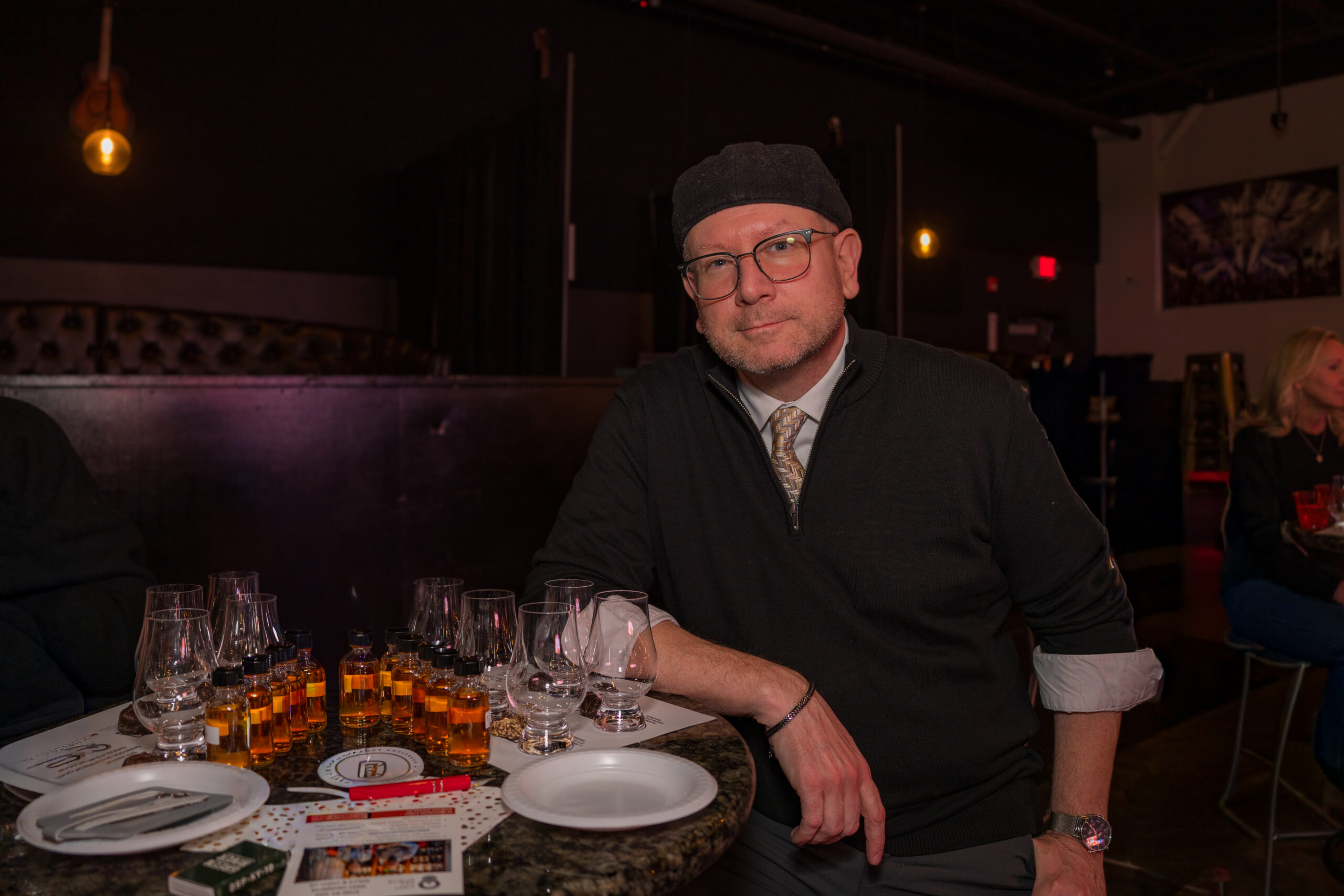Barbara Ernst Prey is not shy about admitting that her paintings have drawn fairly high-level attention.
“My paintings are in the collection of the White House; the Brooklyn museum; the Smithsonian American art museum,” Prey said.
Appointed by the President of the United States to the National Council on the Arts; recipient of the N.Y.S. Senate Women of Distinction award; globally exhibited; an adjunct professor at Williams College, her undergraduate Alma Mater – Prey has a perpetually impressive résumé. But who is the person behind the honors and awards?
What people do
Barbara Ernst Prey was born on Long Island to an artist mother who was formerly head of the design department at the Pratt Art Institute, and to a father who came from a strong academic background that inspired an appreciation of the arts.
“[My mother] had a large studio that I would go paint in when I was little,” Prey recalled. “She would take me to the museums . . . . I knew all the paintings in the Metropolitan Museum. We’d go to MOMA and she’d take me to the Whitney.”
Prey fell into an artistic life without thinking about it, equating her mother’s studio, stacks of art books lying around, and frequent outings to museums as normal. There was no question as to what she wanted to do.
“I did paint from a very early age. My mother was always painting and when I was little she would go out and paint [en] plein air . . . and she would take me with her. So I just thought that that’s what [people] did.”
Born and brought up on Long Island, how did Prey end up with a studio and gallery in Williamstown, MA?
“[My mother and I] went up to the Berkshires once,” she recalled. “[And now], just as I was, my daughter is a student at Williams college. So my mother would come up and go painting with me, and now I’m going up and working with my daughter. So it’s a wonderful circle that comes through.”
Prey was herself an Art History major. Although she spent her junior year abroad in Germany, she emphasizes her time at Williams College, especially under the tutelage of Lane Faison, as exposing her to the “wonderful” sweep of human artistic expression.
Prey loves Albrecht Dürer; late Gothic period & Renaissance art; and Netherlandish landscape painters – but specific artists often touch her for certain elements. She cites Cezanne and John Singer Sargent’s use of color; and Renaissance woodcarver Riemenschneider for his attention to line and shapes. While on her Fulbright scholarship, she studied German Baroque architecture. It all carries over.
“The art and architecture, living in Europe and visiting the structures,” Prey said. “[It] kind of comes back to translate into how I see the structures that I’m painting.”
A medium with a mind of its own
Prey is renowned for watercolors, yet she grew up with oils.
“My first painting [exhibited] was an oil painting. When I was age nine, I was in a show. It was on Long Island – I don’t remember where, [but] I remember the painting. It was an oil painting of an orange.”
 Prey has worked in many different mediums (her NASA painting of the International Space Station integrates pastels, watercolor, gouache, copper, and silver, among other things). And these days she often finds herself putting her easel in her car and driving around the Berkshires to paint the landscape in oils. Watercolor, with its transparent layers, is not the most tractable medium.
Prey has worked in many different mediums (her NASA painting of the International Space Station integrates pastels, watercolor, gouache, copper, and silver, among other things). And these days she often finds herself putting her easel in her car and driving around the Berkshires to paint the landscape in oils. Watercolor, with its transparent layers, is not the most tractable medium.
“I started watercolors as a teenager because my mother was so good at oil painting,” Prey laughed. “I didn’t want to compete with her. So that’s why I do watercolors – but I did oil paint all along.”
 Watercolor was historically considered a preliminary sketching tool for “real” painting. However, Prey noted that a recent exhibit at the Metropolitan Museum of Art featured some “wonderful” watercolors by Albrecht Dürer, a 16th century German artist known primarily for his woodcuts. Prey also noted the English School had several great traditions of watercolor painting – all long before American schools of watercolor developed. But she feels it has now truly “come into its own” as a respected medium.
Watercolor was historically considered a preliminary sketching tool for “real” painting. However, Prey noted that a recent exhibit at the Metropolitan Museum of Art featured some “wonderful” watercolors by Albrecht Dürer, a 16th century German artist known primarily for his woodcuts. Prey also noted the English School had several great traditions of watercolor painting – all long before American schools of watercolor developed. But she feels it has now truly “come into its own” as a respected medium.
Most of Prey’s pieces deal with landscape, either in and of itself, or as environment for Hopper-like architecture, and, occasionally, people. Landscape comes naturally to her.
“You have a dialogue with nature,” Prey explained. “Its rained on my paintings, they’ve blown into the sand . . . and then the light changes and the weather changes – I’ve been surrounded by bugs . . .but you’re also really immersed . . . you are interpreting and reacting and distilling everything around you to make a landscape.”
Prey feels her artwork begins in both her mind and her eyes. She might look at a scene over and over before she finally “sees” it. Anything can trigger the response: a certain angle of light; a grouping of people; a narrative quality – a subject’s specific physical details not as important is its ability to “resonate” with Prey.
“It’s intuitive,” she explained, “and intellectual.”
After her intense involvement with a piece, Prey sometimes finds a painting hard to part with.
“You do miss them when they’re gone,” she said. “And you’re so happy . . . to see them again. For example, when I had the show in Paris, they borrowed back three paintings that were a triptych, and it was wonderful to see them all together.”
A gallery of one’s own
In June 2013, Prey opened a gallery for her work in Williamstown. She admits her pieces can be “hard to come by,” making the gallery an uncommon opportunity for the public. She tends to rotate displays, with exhibits being thematic in nature, such as past shows like Primary Colors.
“It’s really fun, because I can bring in [many pieces],” Prey explained. “It’s really wonderful because I can curate exhibits of my work.”
Although Prey has a gallery staff to run the day-to-day business, she delights in curating and bringing out previously unseen pieces from her private collection. A “very large proof” of a Christmas card Prey did for the White House during the George W. Bush administration; a painting of NASA’s international space station; a painting used by the U.S. State Department on all invitations to their 2013 July 4th events – these are but a few of the special works.
Although Prey has an extensive online gallery, she feels the value of physical galleries lie in certain intangible qualities
“I think you need to see and experience the work,” she said. “You can’t touch it, [but] you can almost touch it and feel it.”
Advocating for the arts
In between painting, exhibits, gallery curation and lecturing around the world, Prey finds time to advocate for the arts as a board member of The National Council on the Arts advisory board to the National Endowment for the Arts (NEA).
Of the entire 14-member board, Prey is currently the sole visual artist among a group of musicians, dancers, writers, actors and arts administrators. The board meets several times a year to advise the chair of the NEA on grant applications and to oversee the NEA budget. Prey says one of the greatest joys for her is reading the grant applications.
“I love reading what people are doing,” Prey said. “You go from fiddling in Kentucky to . . . basket-weaving in Maine. [The artists] do it no matter what. [Even in a tough economy] they’re still going to paint, they’re still going to sing. They’ll find a way to do it.”
And despite the variable economy, Prey believes the arts are very strong right now, although she admits to regional variations.
“I am so impressed with the vastness of different art forms in America. With the economy, I have to deal with different pockets that are doing well and not that well, but I think that artists are resilient and [overall] seem to be doing well.”
What makes American art
Prey is lauded as an American artist. But in an age of globalization and multicultural influences, what exactly defines an “American” artist, aside from geographical boundaries?
In 2007, Prey’s work was celebrated in Paris in the exhibit Barbara Ernst Prey: An American View. This retrospective featured a collage of works: watercolors of her beloved New England landscapes; early work such as magazine illustrations; and selected impressions from her travels. The French responded with fascination to Prey’s “American View.”
“I had a Fulbright scholarship and I lived in Europe for three years,” she noted. “I lived in Asia – I had a grant from the Henry Luce Foundation. I’ve traveled extensively around the world and painted around the world . . . I bring all those things to who I am. [But] my vision is really: I’m an American ….. what I choose to paint: the structures, the places where I live, the countryside, the fishing community – [is] iconic and very American.”
Part of Prey’s American aesthetic may be due to her influences. She grew up in a house full of fine art prints – many of them by the pioneering American watercolorist, Winslow Homer. Prey also feels a strong connection to Edward Hopper, with his stark, lonely New England architecture. John Singer Sargent’s watercolors are also a favorite.
“I really look to American painting,” Prey noted, “and consider myself part of the tradition of American landscape painting.”
To learn more
To learn more about Barbara Ernst Prey and her artwork, visit her website at www.barbaraprey.com or stop in at her gallery, located at 71 Spring Street in Williamstown, MA. Summer hours are 10am to 5pm everyday.







